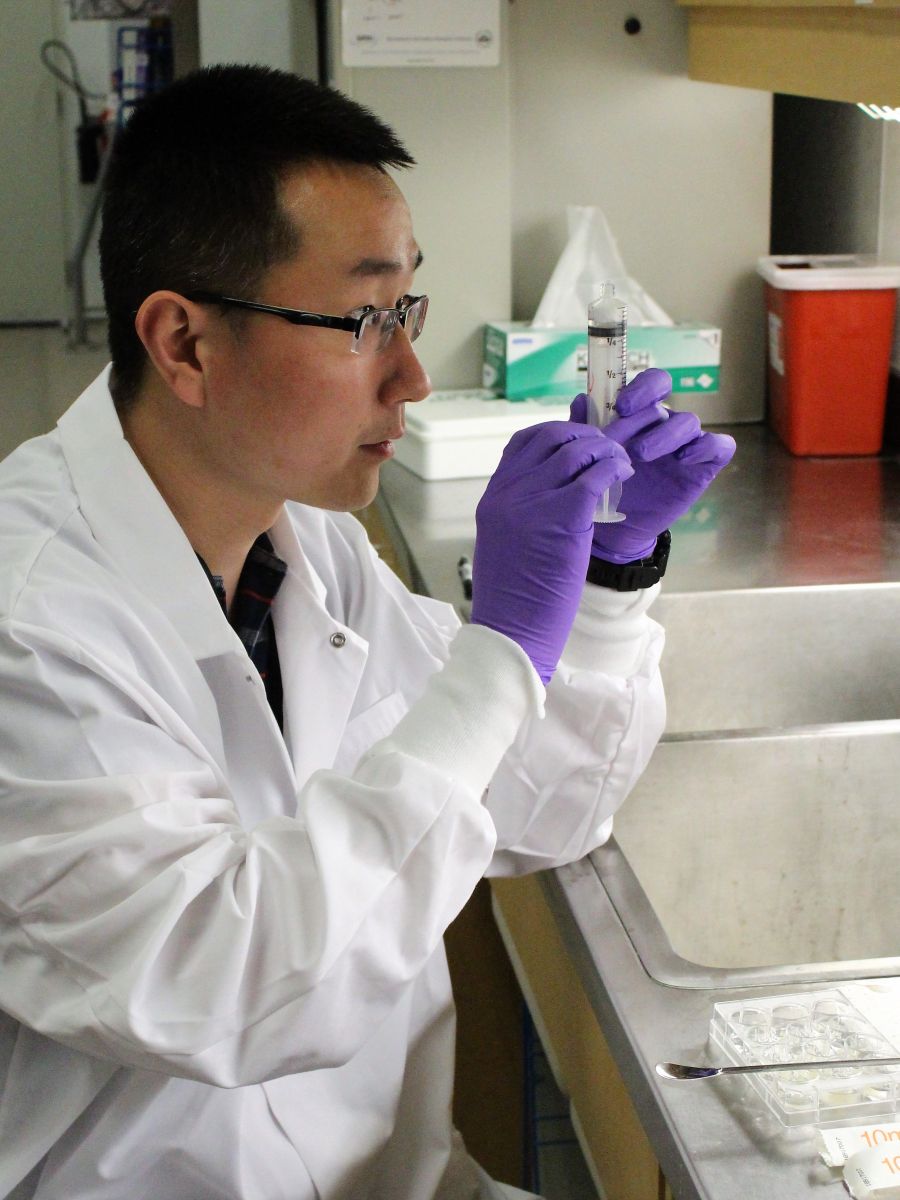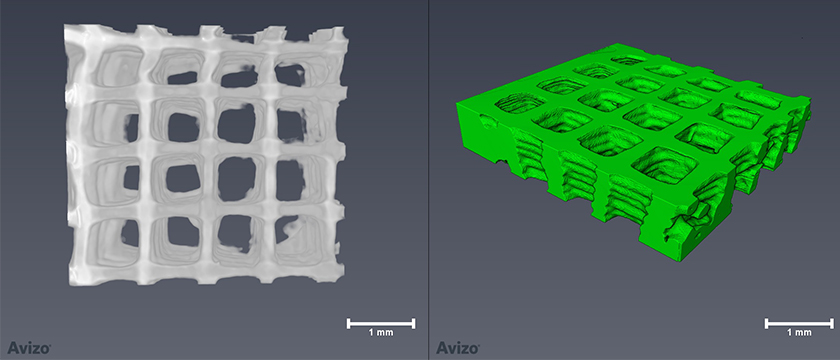The peripheral nervous system (rather than the central nervous system) controls the body beyond the brain and the spinal cord.
If it is damaged, this can affect motor control and sense of touch. Damage can be caused by trauma, toxins, a poor diet, or diseases such as diabetes.
Currently, treating gaps in the nervous system caused by damage is done using donor nerves taken from another part of the body. But, even if successful, these “nerve autografts” only restore a portion of the original functionality. Worst yet, there are limited donor sites in the body.
So, researchers from the University of Saskatchewan, Canada, are combining engineering and biomedicine to solve this. They’re using a 3D bio-printing method to help damaged nervous systems to regrow.
The 3D printed scaffolds work by guiding the growth of nerve cells across damaged areas. Liqun Ning, a postdoctoral fellow in the Tissue Engineering Research Group, has been studying how 3D bioprinting can aid nerve cell regeneration for a few years. He explains:
“My background is actually mechanical engineering, but tissue engineering is the combination of engineering and biomedicine together. So I thought, at the very beginning of my Ph.D. study, maybe I can use my knowledge, my background, and provide techniques to help people in the biomedical area.”

3D Printing a Hydrogel-Based Scaffold for Nerve Cell Regeneration
Ning has been 3D printing hydrogel-based scaffolds which aid Schwann cells (supporting cells in the nervous system which work force nerve cells to grow) to guide damaged nerve cells.
However, there is still some way to go before this method is adopted by doctors. Firstly, Ning needs to iron out a few problems. He plans to try out a few different techniques to see which work better for nervous system growth.
Next, testing on live animals will take place. Then, finally, the scaffolds will go to clinical trials to test on people. Ning explains:
“Just after four or five years of research, this area has grown so fast. A lot of new techniques have emerged every year. I believe with contributions from people working in the area of biomedicine, biology, material science and engineering, problems of peripheral nerve regeneration as well as other tissue engineering applications can be solved in the near future.”
Learn more about Ning’s work by reading this paper titled: 3D bioprinting of scaffolds with living Schwann cells for potential nerve tissue engineering applications.
Source: Canadian Light Source

License: The text of "Researchers 3D Bioprint Scaffolds to Help Regrow Damaged Peripheral Nerves" by All3DP is licensed under a Creative Commons Attribution 4.0 International License.